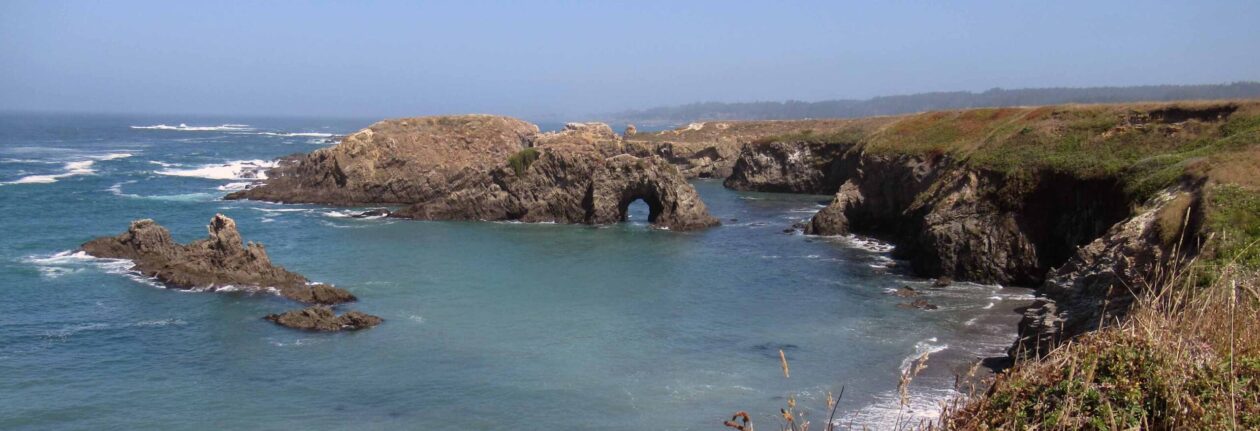Gaya, India
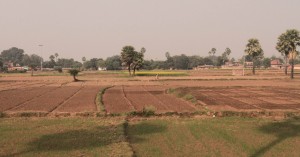
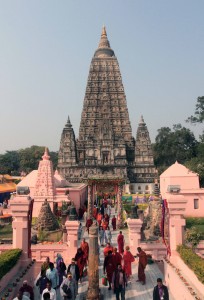
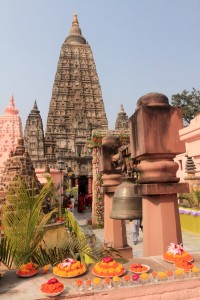
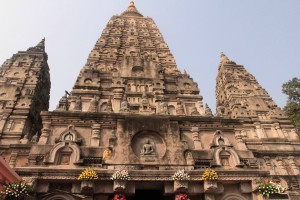
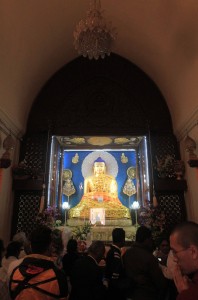
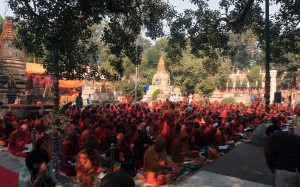
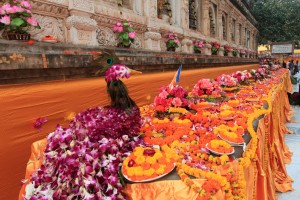
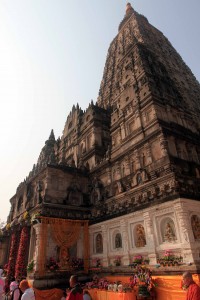
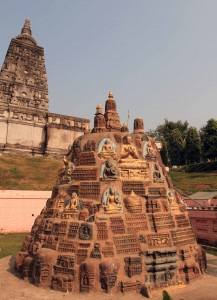
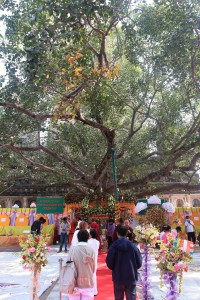
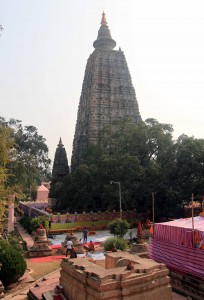
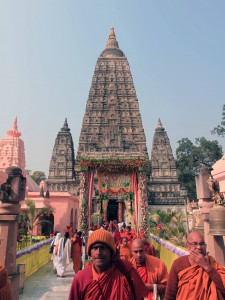
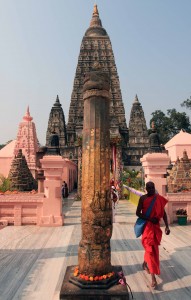
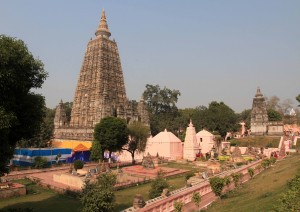
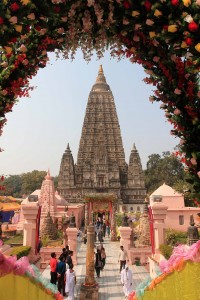
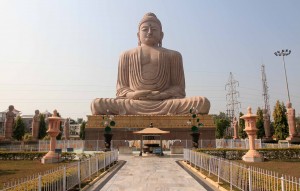
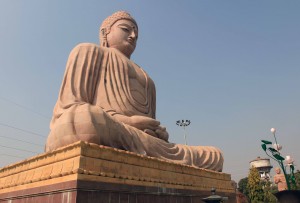
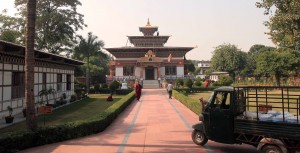
Today I woke up at 08:00, showered, dressed, and got ready to see the spot where Buddha gained enlightenment. I hired an auto rickshaw parked just outside of the Gaya Junction Railway Station to take me to Bodh Gaya; along the way, after passing through the city of Gaya and having traveled for a while on the road through the surrounding farmland, the auto rickshaw had some automotive trouble and was blasting out large quantities of smoke from its exhaust (I think the auto rickshaw might need an oil change); after receiving some help from other auto rickshaws passing by, the rickshaw was made well enough to travel again and we finished our journey to Bodh Gaya. Immediately after reaching the town, I walked to the Mahabodhi Stupa, the temple built on the site where Siddhartha Gautama attained the supreme enlightenment and became the Buddha in the sixth century BC (one of four holy sites in Buddhism); in commemoration, Emporer Ashoka set up the Vajrasana (“diamond throne”) of polished sandstone representing the seat of enlightenment; in the second century BC, during the Sunga Period, a sandstone railing was constructed around the site; the present temple – the Mahabodhi Stupa – was erected in the sixth century AD; the temple underwent several restorations and renovations over the years and the Burmese nation (those great Buddhist conservationists) greatly contributed to the restoration of the temple in the nineteenth century AD. I first walked inside the temple (passing by the pillar marking the exact location of the Banyan tree where Buddha spent the fifth week of his meditation after enlightenment) to look upon the Buddha statue inside and then walked around the outside perimeter (passing by the current living descendant of the Bodhi tree that Buddha gained enlightenment under, as well as where he spent his third week, walking up and down in meditation); also, outside the temple, I caught the end of today’s second (out of four) scheduled chanting sessions (part of an eleven day event – the Tenth Annual International Tipitaka Chanting Ceremony (December 02 – 12, 2014)); I then walked around the temple some more, trying to capture every photogenic angle of the structure with my camera; there were also a number of shelters erected for pilgrims from various Buddhist countries (e.g. Sri Lanka, Laos, Burma, etc.) surrounding the temple; it is also worth mentioning that, just like in Lumbini, the surrounding land had many Buddhist monasteries and temples built by fellow Buddhist nations for pilgrims to visit and worship in. After exploring all there was to see in the Mahabodhi Stupa complex, I exited the grounds and walked to the Archaeological Museum in Bodh Gaya; this museum did not have much – some Buddhist and Hindu stone sculptures -, but it did have remnants of the sandstone railing (built between the second and first centuries BC) that once surrounded the site of supreme enlightenment (it was also a cheap entrance fee – ten rupees; so overall, very much worth the price of admission, though no pictures were allowed inside). After visiting the museum, I walked to the eighty-foot tall statue of Buddha in meditation pose (built by the Daijokyo sect from Japan in 1989), took some pictures, amused some visitors with my “Indian-looking” mustache (really only “Indian-looking” when I curl the ends), and then walked back toward the main entrance to town; along the way, I found a restaurant to have lunch (i had a chicken tikka sandwich with fries, a Barrista Mocha Frappe, a coffee almond cake slice, and a Cafe Americano) and to use wireless internet (it is nice to be connected and to research the next few legs of my journey); after lunch, I found an auto rickshaw with several other passengers to take me back to Gaya (more passengers means less rate); on the outskirts of Gaya, I switched auto rickshaws at no extra fee (my original driver was not heading toward the railway station, so he paid another driver to take me the rest of the way); I then reached the railway station, bought some Carlsberg beer, and retired to my room to relax and type out some journal entries; I then bought some more beer and snacks after 17:00 to keep me going until I finally fell asleep – tomorrow, with all my booked train travel, will be a long day.
